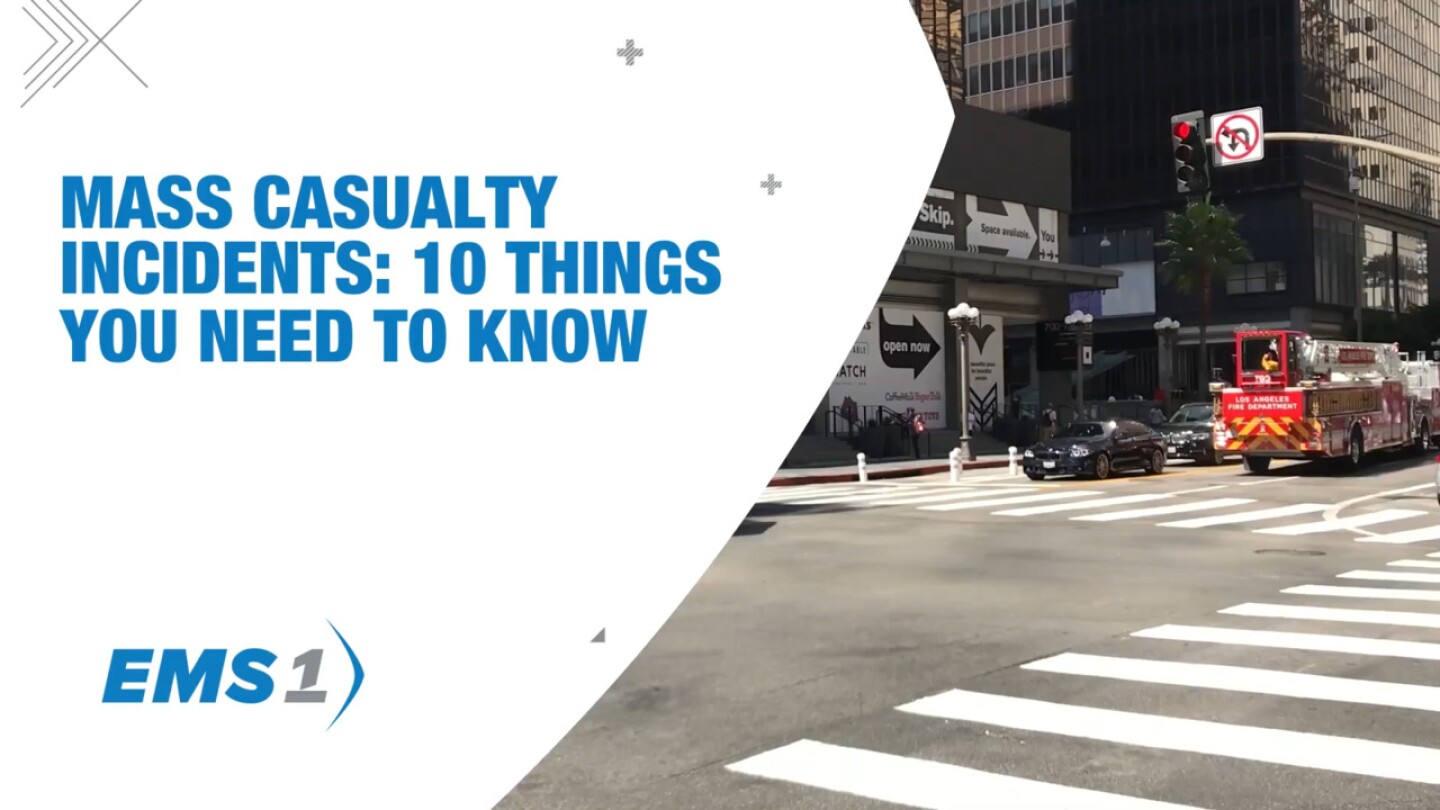Evergreen
To lead and inspire an EMS team, motivation must first come from within
In EMS there isn’t anything more frustrating than a screaming, punching or spitting person with acute alcohol intoxication
Keep the following tips in mind when you encounter a patient who has had too much to drink
Reading these EMS1 articles, like watching Rudolph and singing Jingle Bells, is a holiday tradition for EMTs and paramedics everywhere
A single question can unlock memories that will distract your patient from their current pain – and fill your day
Books
A paramedic’s role is to help people and do the best they can for each patient
When assessing and treating patients in a cold environment, do these simple things to help prevent heat loss and improve heat retention
Move with purpose to prevent an apparatus crash, slip or fall, and protect the patient from increased discomfort
You never know when a simple “thank you” to an educator, nurse, law enforcement officer or firefighter might make a life-changing impact
Try these tips to make seat belt use in the patient care compartment just as normal as your personal vehicle
Crush syndrome can be expected following any event where patients are trapped for a length of time
Now that I have half a dozen or so of these experiences under my belt, here’s what to expect when responding to a medical assistance call on a flight
Educators must make continuing education compelling, not just compulsory
Injury prevention, especially of geriatric falls, is an important responsibility for EMS providers
Monitoring AVPU and other vital signs will help determine if the patient is improving, worsening or responding to treatment
Key assessment and management techniques for EMS personnel confronting hyperthermia
From emotional challenges to physical demands, here’s what EMS professionals want you to know before you sign up
Explore why START triage remains a go-to system for efficient MCI response and field prioritization
Learn the facts about dry drowning, the symptoms, and how to keep your child safe
A go-to test for consciousness or a risky habit? The truth about the sternum rub revealed
Enhance your IV insertion skills with these expert tips, ensuring efficient and effective patient care in emergency situations
A comprehensive guide to evaluating abdominal pain through targeted assessment questions and clinical examination techniques
Avoid misdiagnosing atrial flutter as sinus tachycardia by mastering these ECG interpretation strategies
Research has shown that firefighters and EMTs face special risks of cardiac disease and stroke; here are 10 ways to lessen your risk
Explore how alpha and beta receptors within the autonomic nervous system regulate vital involuntary functions and respond to stressors
9 tips to quickly find a patient’s pedal pulse for checking lower extremity circulation
To make an effective splint, focus on the craft rather than focusing on the device
What happens if EMS providers who use marijuana safely and legally test positive days later in violation of policies?
There are several things you can do to protect both your patient and yourself































